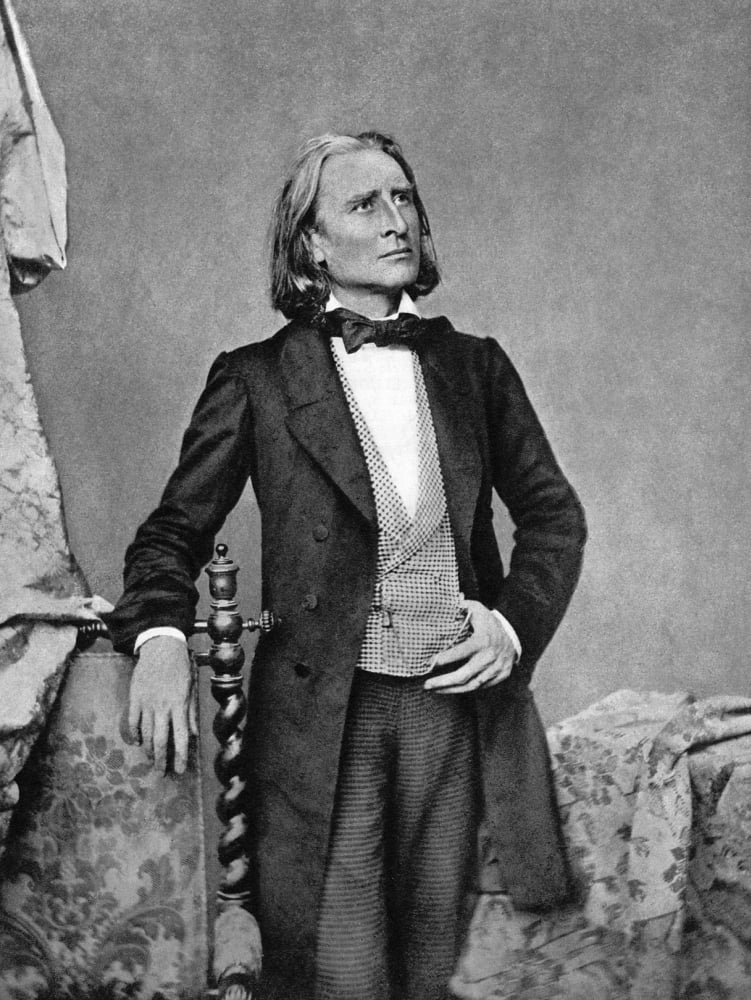

Introductions to and commentaries on these documents are provided by Peter Bloom, José Bowen, James Deaville, Allan Keiler, Rainer Kleinertz, Ralph Locke, Rena Charnin Mueller, and Benjamin Walton. Rainer Kleinertz examines Wagner's enthusiasm for Liszt's symphonic poem Orpheus Christopher Gibbs discusses Liszt's pathbreaking Viennese concerts of 1838 Dana Gooley assesses Liszt against the backdrop of antivirtuosity polemics Ryan Minor investigates two cantatas written in honor of Beethoven Anna Celenza offers new insights about Liszt's experience of Italy Susan Youens shows how Liszt's songs engage with the modernity of Heinrich Heine's poems James Deaville looks at how publishers sustained Liszt's popularity and Leon Botstein explores Liszt's role in the transformation of nineteenth-century preoccupations regarding religion, the nation, and art.įranz Liszt and His Worldalso includes key biographical and critical documents from Liszt's lifetime, which open new windows on how Liszt was viewed by his contemporaries and how he wished to be viewed by posterity. Franz Liszt, Hungarian composer and pianist, one of the most famous piano virtuosos of his time and protagonist of the New German School. He could play anything on site and composed over 400 works centered around his. They had planned to marry on his 50th birthday but her ex-husband, the Prince, and the Tsar of.

After leaving her husband for Liszt, the two lived together and had three children. The essays brought together in Franz Liszt and His Worldadvance our understanding of the composer with fresh perspectives and an emphasis on historical contexts. Franz Liszt was a Hungarian composer, virtuoso pianist, conductor, music teacher, arranger, organist, philanthropist. The Austrio-Hungarian composer Franz Liszt (1811-1886) was a pianistic miracle. To Liszt belongs the actual discovery of pianistic vibrato, a new exhilarating octave-technique, the new style of bravura passages, brilliant arpeggios. Liszt never married, but did have a long relationship (40 years) with Polish Princess, Carolyne Sayn-Wittgenstein they were together from 1847 until he died in 1887. At various points in his life he made his home. Liszt had a habit of making female fans do some crazy things. No nineteenth-century composer had more diverse ties to his contemporary world than Franz Liszt (18111886). Wherever he went, Franz Liszt inspired delirium in starstruck fans mostly women.

The glamorous pianist toured the breadth of Europe. In his roles as keyboard virtuoso, conductor, master teacher, and abbé, he reinvented the concert experience, advanced a progressive agenda for symphonic and dramatic music, rethought the possibilities of church music and the oratorio, and transmitted the foundations of modern pianism. Portrait of Franz Liszt by Ary Scheffer, via The British Museum, London Quite rightly, Franz Liszt has been called the world’s first rock star. At various points in his life he made his home in Vienna, Paris, Weimar, Rome, and Budapest. No nineteenth-century composer had more diverse ties to his contemporary world than Franz Liszt (1811-1886).


 0 kommentar(er)
0 kommentar(er)
